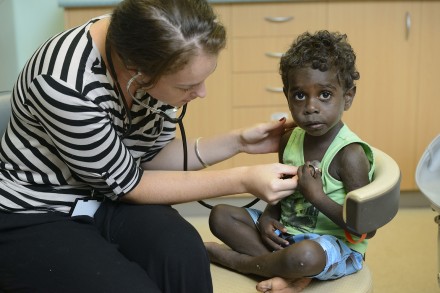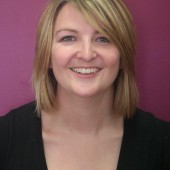The 2015 ASC Professional Development Grant I received, for which I am very grateful, enabled me to complete a journalism course on feature writing through the Extension program at the University of California, Berkeley.
I work as a science writer for the Queensland Brain Institute, which is based at The University of Queensland. My role there involves communicating neuroscience knowledge and research news through a variety of channels, ranging from social media through podcasts to press releases.
Of the science communicator/science journalist divide, about which Bianca Nogrady wrote an excellent ASC piece last year, I’d likely sit in the communicator camp: I didn’t study journalism at university, and prior to my UC Berkeley course, I had no significant reporting experience.
In this golden age of distraction, with our 24-hour news cycle and the shift to online media consumption, with social media and the rising dominance of mobile Internet usage, attentions spans have steadily been eroded and information is reduced to as small as tweet-sized chunks. It isn’t uncommon to read a 400-word piece of science news that is little more than a fleshed-out media release.
Despite all this, the feature as a journalistic form is far from dead: the success of publications like The New Yorker signals that the demand for long-form, well researched reportage is as great as ever. Features get down to the nitty-gritty of a subject, whether it’s CRISPR gene editing or tardigrades, where shorter news pieces don’t have the scope to do so. The devil is in the details, after all.
So it was partly to expand my skillset, and partly out of interest in the feature as a journalistic form, that I chose the UC Berkeley course. The ten-week online program took us through the basics of writing a feature, from conception to pitch.
The required reading for the course was William Blundell’s The Art and Craft of Feature Writing, which is based on the Wall Street Journal guide—it’s a fantastic resource that I’d highly recommend to anyone who is interested in testing out or improving their feature-writing abilities. The book is a good guide to the entire process, from generating ideas (start with general topics of interest and brainstorm potential specific stories from there), to shaping the direction of a story (conflict always makes things interesting!) to self-editing (let your written piece rest for a while and then read it again with fresh, reader’s eyes). The course co-ordinator was herself a freelance journalist, and also gave great advice and feedback when it came to writing, as well as pitching editors.
The course had weekly assessment that culminated in the submission of a 1500–word feature article. I wrote a tech piece on ethical hackers, which I successfully pitched to The Atlantic’s science editors. The feature was fascinating to research, and I was lucky enough to interview individuals ranging from a hacker in the Philippines to a former counterterrorism analyst at the NSA.
When I talk to ‘non-sciencey’ friends, I am occasionally surprised by the discrepancy between what a layperson knows and what most people with a science background consider as being basic information. Well written, engaging science feature articles are a great way to make science accessible and bridge the knowledge gap, and I’d recommend the UC Berkeley course to anyone interested in writing them.


